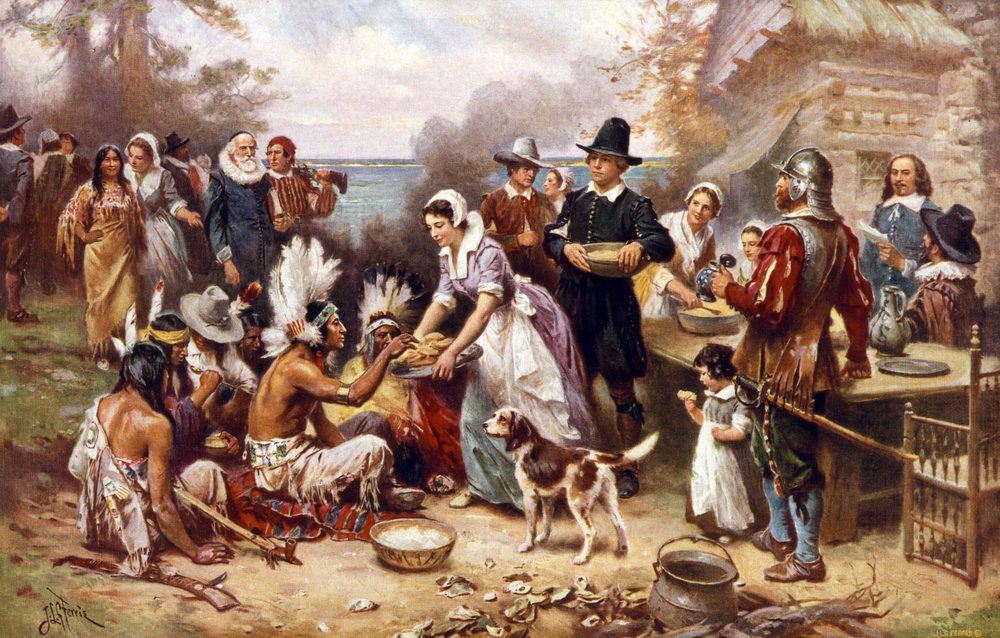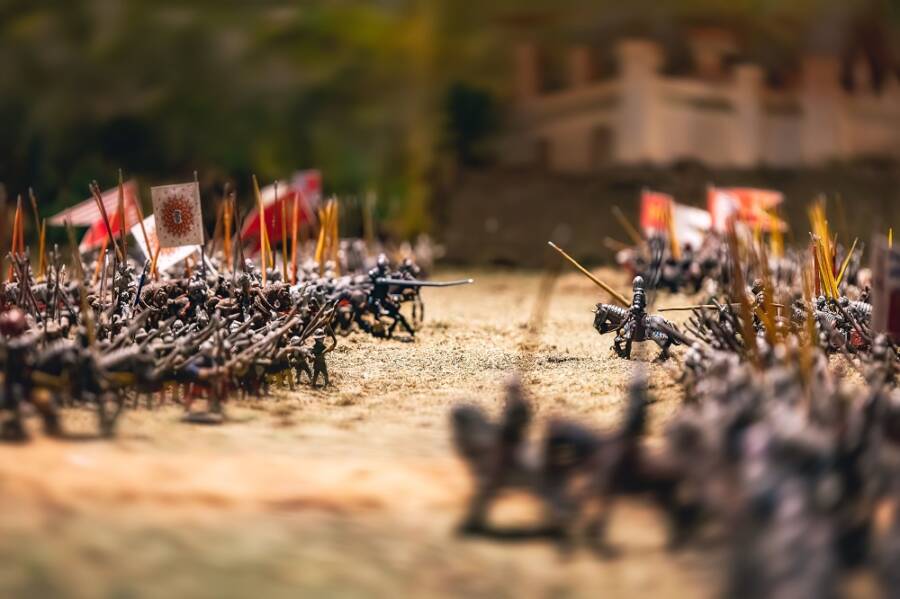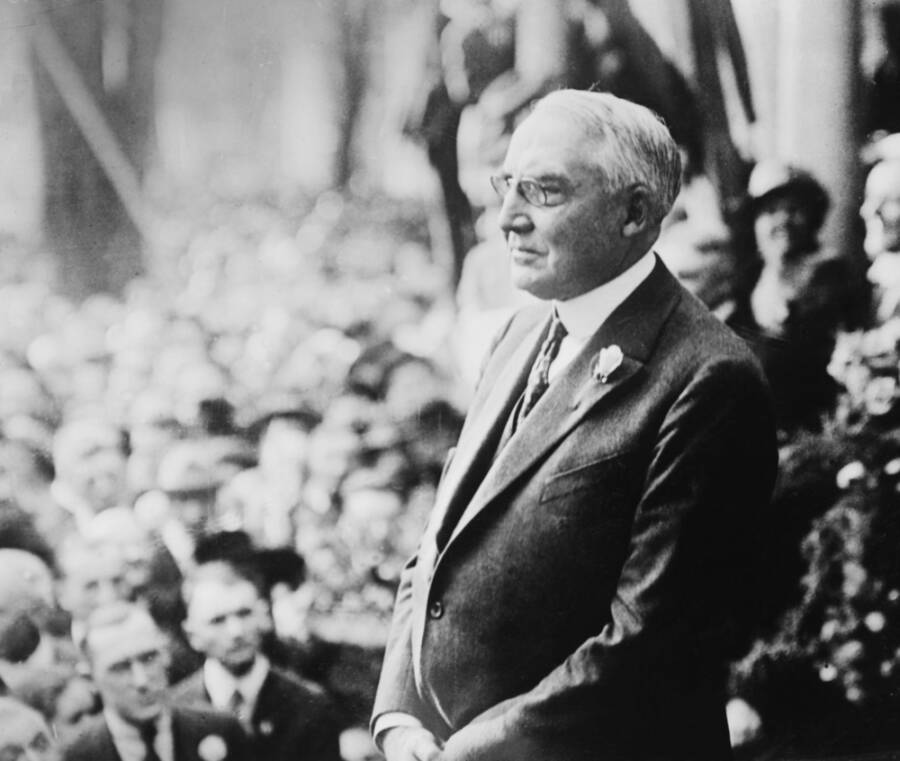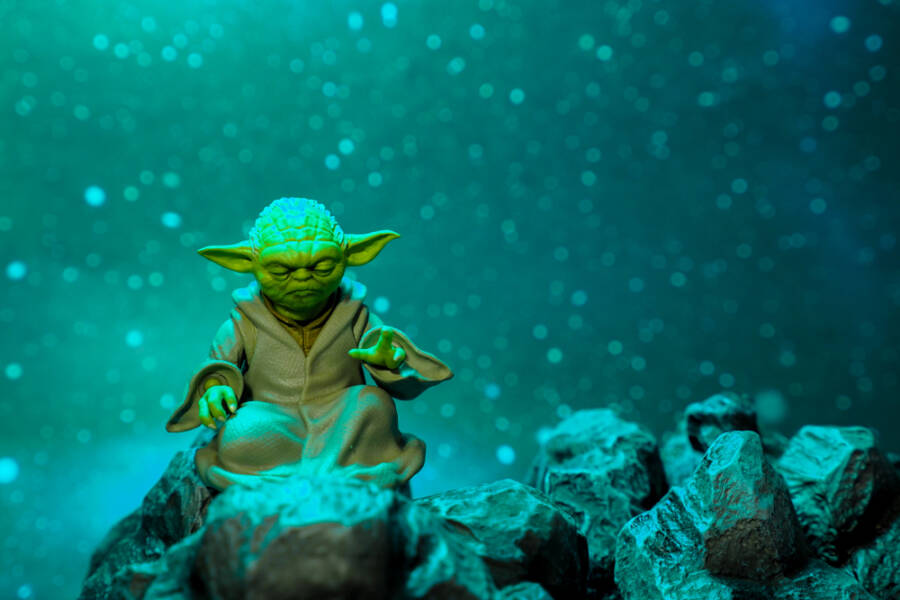Thanksgiving, maybe the first American holiday, has over 400 years’ worth of myths, urban legends, misunderstandings, and lies to go with its delectable feast of pumpkin pie and baked turkey. Some Thanksgiving myths are fundamentally false historical interpretations that never seem to die, while others are more focused on pop culture.
Of course, some Thanksgiving conspiracy ideas are just absurd. While some claim that everything you’ve heard about this holiday is false, it’s more accurate to say that many of these myths became entrenched in American education and culture beginning in the early twentieth century.
When was it celebrated for the first time? Turkey has been the main dish since when? These questions do have answers, and you will find them only by reading this article. Let’s start!

Ancient origins
While the overall concept of this holiday was developed in New England, its roots are on the other side of the Atlantic Ocean. Days of fasting during trying or crucial times and days of feasting and celebration to give thanks to God in times of plenty were traditions of providential holidays that were brought over by both the Separatists who traveled over on the Mayflower and the Puritans who followed shortly after.
Furthermore, Thanksgiving belongs to a category of holidays that spans nations, countries, and millennia as an annual celebration of the harvest and its riches. Apparently this holiday resembles another one that was called Sukkot, and it was mostly celebrated by Jewish people.
Finally, historians have noticed that long before Europeans stepped foot on American soil, Native Americans had a rich custom of celebrating the autumn harvest with feasting and dancing.
Did you know? Lobster, swans and seal were on the Pilgrims’ menu
A ship named “Mayflower,” which had on board 102 passengers, left Plymouth on September 16, 1620. They’re all looking for a new place where they can practice their faith and find a “new world” that could offer them various possibilities. After 66 days of a not-so-comfortable journey, they dropped anchor close to Cape Cod. One month later, the ship crossed Massachusetts, and the Pilgrims, as they are now referred to, started the process of building a village at Plymouth.
After a harsh winter in which almost the entire board became ill with various contagious diseases, we were greeted in March by an Abenaki tribe member. They were taught how to cultivate corn and other foods. Later on in the same year, in November, after their first harvest was amazingly successful, William Bradford set up all the necessary things for a feast and invited a lot of people from other Native American colonies. This celebration lasted three days straight, and it was noted as the first Thanksgiving celebration in history.
Did you know that none of them ate turkey for the celebration? In fact, pumpkin was the main dish, but not in pie form; vegetables and a lot of fish were the primary foods. So the next time someone says that they are eating turkey, pumpkin pie, and stuffing because the Pilgrims ate them, dare to disagree because this is just a myth.
Thanksgiving becomes a national holiday
In order to commemorate the end of a protracted winter that had jeopardized the year’s harvest and forced Governor Bradford to order a religious fast, the Pilgrims staged their second Thanksgiving celebration in 1623. Other New England settlements also adopted the custom of annual or sporadic days of fasting and thanksgiving.
More days of this holiday were designated per year during the American Revolutionary War. George Washington stated that this celebration allowed people to show their gratitude regarding the war’s conclusion. In 1817, New York was among the few states that adopted the celebration of Thanksgiving, and every state celebrated it on a different day.
President Lincoln set Thanksgiving for the last Thursday in November, and it was observed on that day every year until 1939, when Franklin D. Roosevelt pushed the holiday up a week in an effort to boost retail sales during the Great Depression.
However, this year we will celebrate Thanksgiving on November 24.

Traditions and customs
In time, a lot of Thanksgiving celebrations were lost, and now it is seen as a huge family dinner when everybody is grateful for what they have in their lives. But in reality, the first celebration of this holiday had three days, and everybody could come and go whenever they wanted to. Nobody had a fork or a knife, and most probably they were eating with their hands.
And for sure, there weren’t any fancy plates or fine china that were displayed for the guests. The food could be picked up and carried away, and everybody would eat whenever they found a spot. However, nowadays Thanksgiving is so close to Americans’ hearts, just like Christmas, Easter, or even the 4th of July! Everybody can host a dinner where you can show off your culinary skills using traditional dishes.
Volunteering and parades – two major activities for Thanksgiving
Besides being grateful for what you have and cooking the dishes your family loves to eat, most of us do a lot of volunteering during this holiday. In fact, this is a common activity for Thanksgiving, when communities hold free dinners for poor people.
Since 1924, Thanksgiving parades have become one of the best things about this holiday. And New York City’s Thanksgiving Day parade is the biggest in the country, with almost 3 million people attending the event. Performers, marching bands, ornate floats carrying various celebrities, and enormous balloons in the style of cartoon characters are frequently included.
Harry Truman was the first president to be merciful towards a turkey and decide to let the bird “retire” on a farm instead, and a lot of governors followed his example.
Thanksgiving’s weirdest controversies
Like everything else on Earth, Thanksgiving cannot be omitted from the various controversies about it. Starting with the evidence brought forth by historians or the subject taught in schools, this celebration is a pretty sensitive topic for some people. Because there are two sides to every coin, a large majority doesn’t agree with the fact that Thanksgiving was first celebrated in Plymouth. Why?
Because there were a lot of other celebrations among the European communities known as “a day of thanksgiving to Almighty God,” and this one couldn’t be the best of them.
Many Americans, along with some Native Americans, disagree with the way the Thanksgiving “story” is told to the general public in the United States, particularly to kids.
They claim that the conventional myth obscures the lengthy and brutal history of warfare between Native Americans and European settlers, which resulted in the deaths of a lot of them. And a lot of history books portray an unrealistically cheerful picture of ties between both the Pilgrims and the Wampanoag people. Do you agree with these facts?
Despite all of this, this celebration is unquestionably a break from the routine, something that brings our families together.
Do you love history? Then you’re in the right place! If you are a new visitor on this page, you should definitely subscribe for more amazing content like this one!
…psst! Today’s suggestion is: 7 Weird Facts About Hygiene in Colonial America.






4 Responses
Great article
AS STATED BEFORE THE FIRST THANKSGIVING WAS AT BERKELEY PLANTATION OFF THE JAMES RIVER IN PIEDMONT VIRGINIA.
PLEASE CHECK YOUR FACTS.
THANKS
t c
False story. First Thanksgiving was celebrated in St Augustine in September of 1565, between the Native Population and Pedro Menendez, claiming Florida for the Spanish Crown.
English settlers arrived much later than than the “Spanish and the French”. Citizens in the North Florida area can trace their genealogy back to those original settlers. They are called, “The Los Floridanos”, in Florida. We have the records to prove it.
I love history from all eras. Enjoyed these.